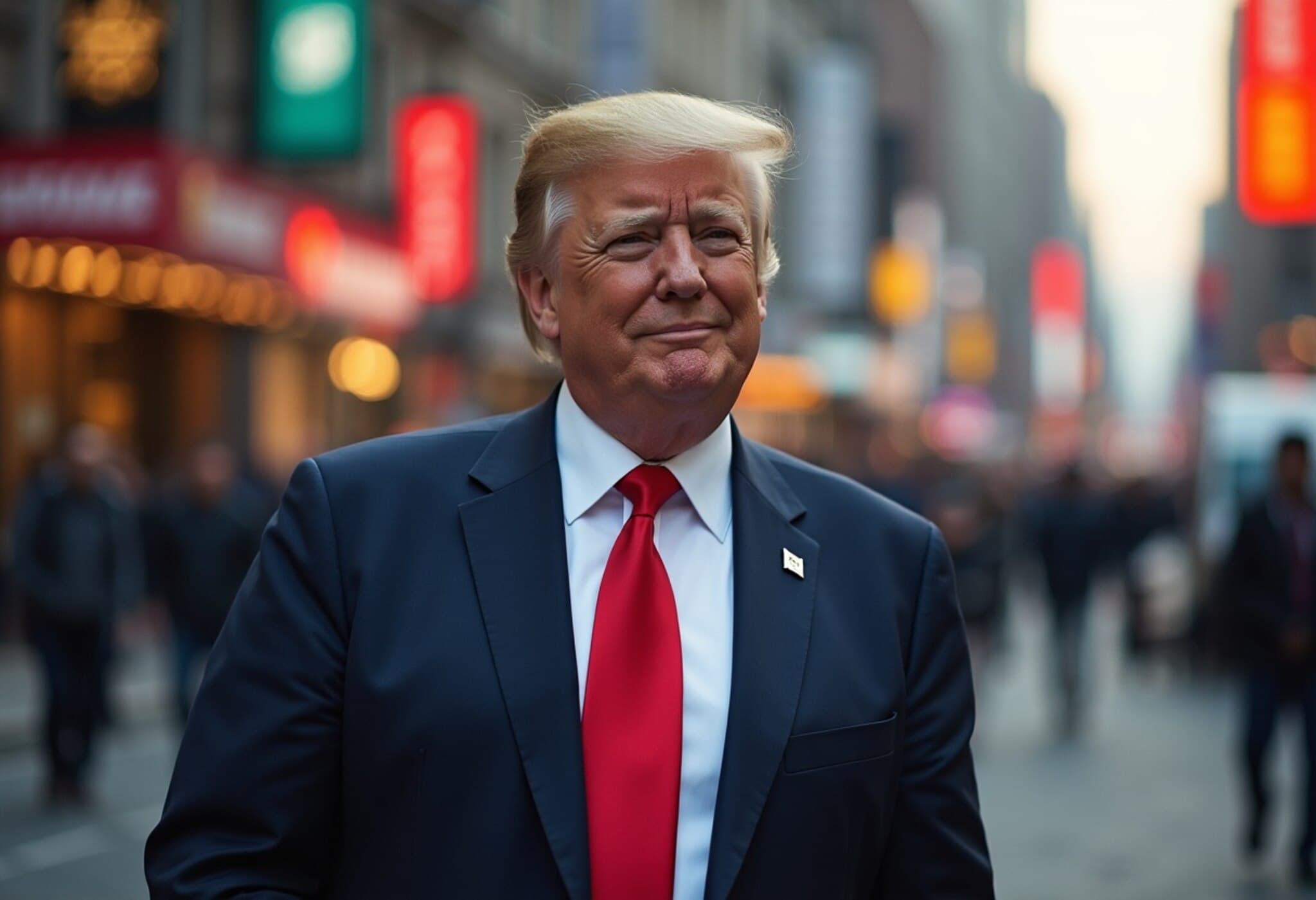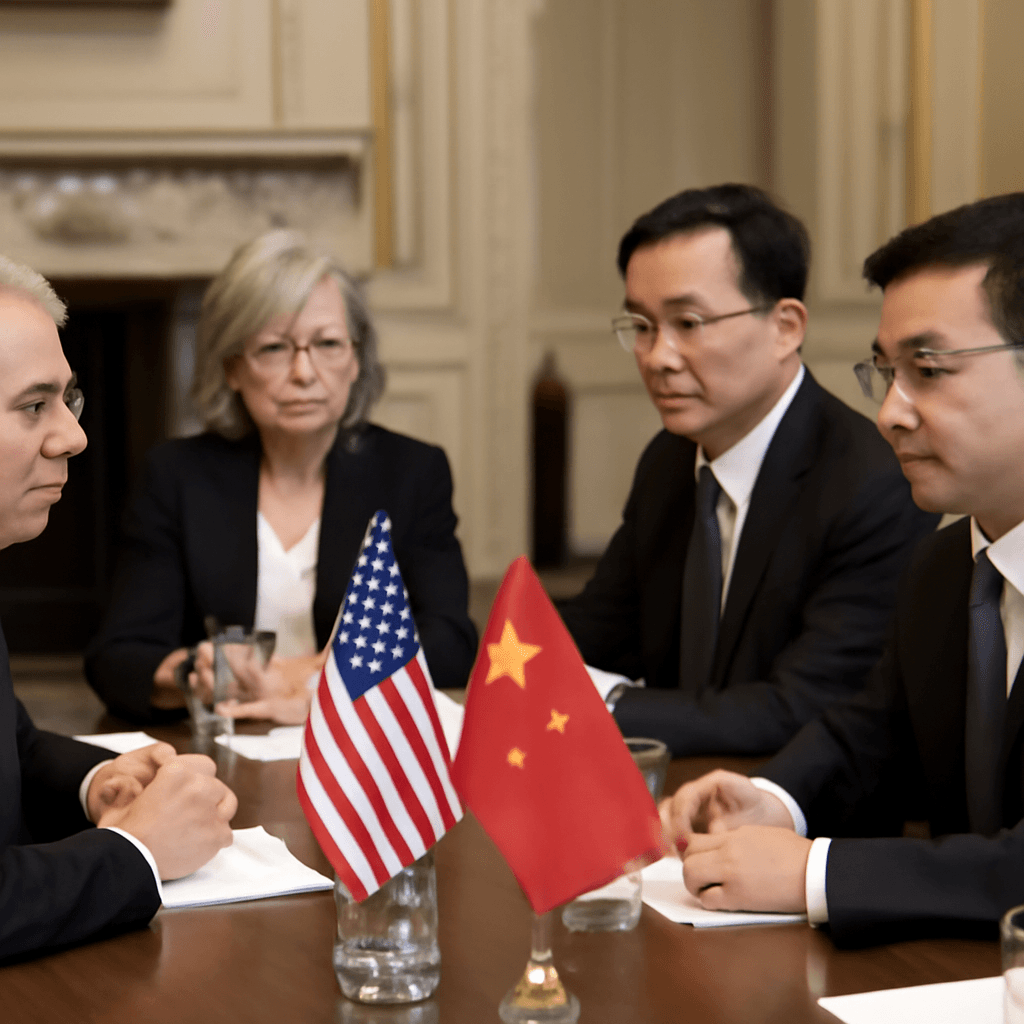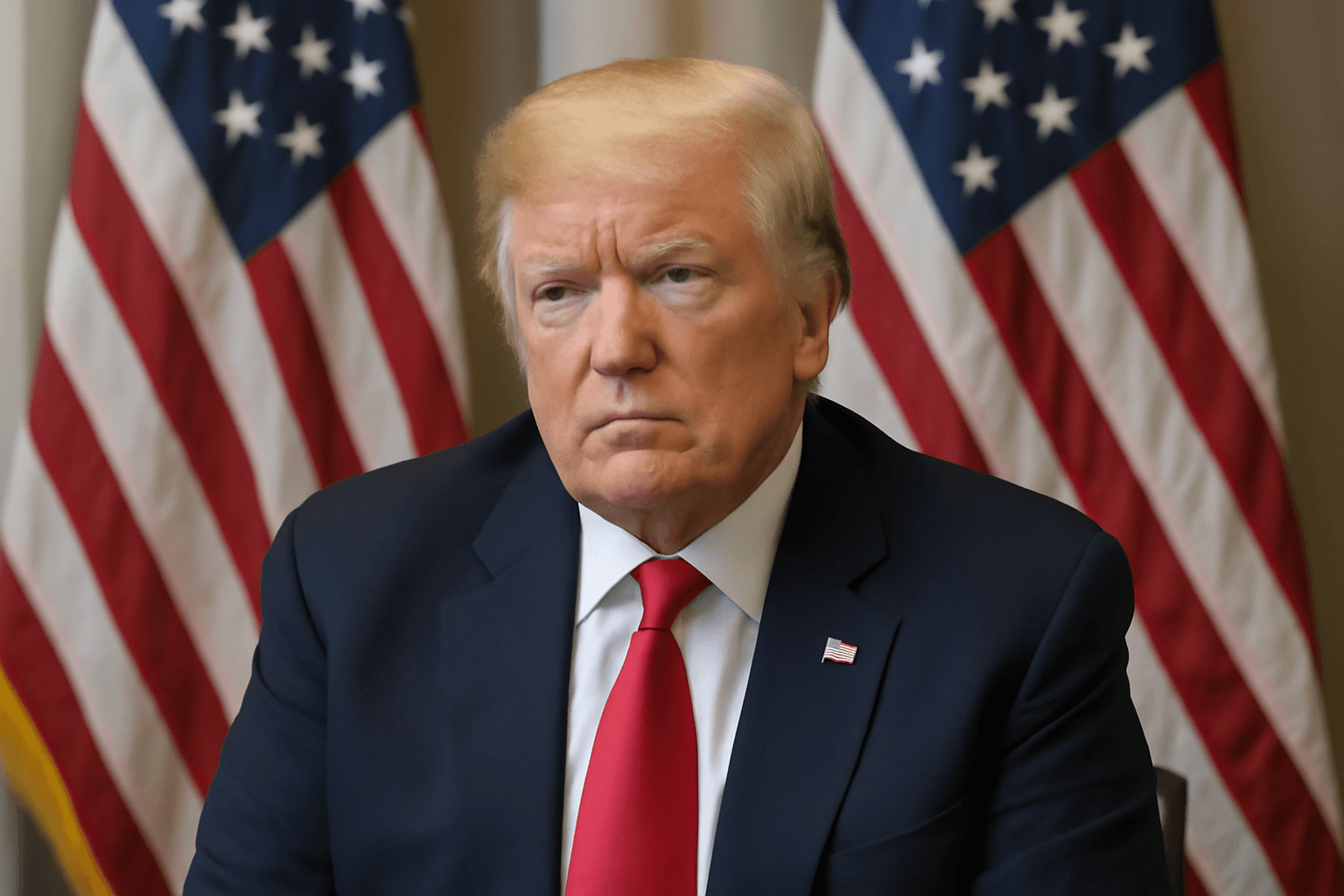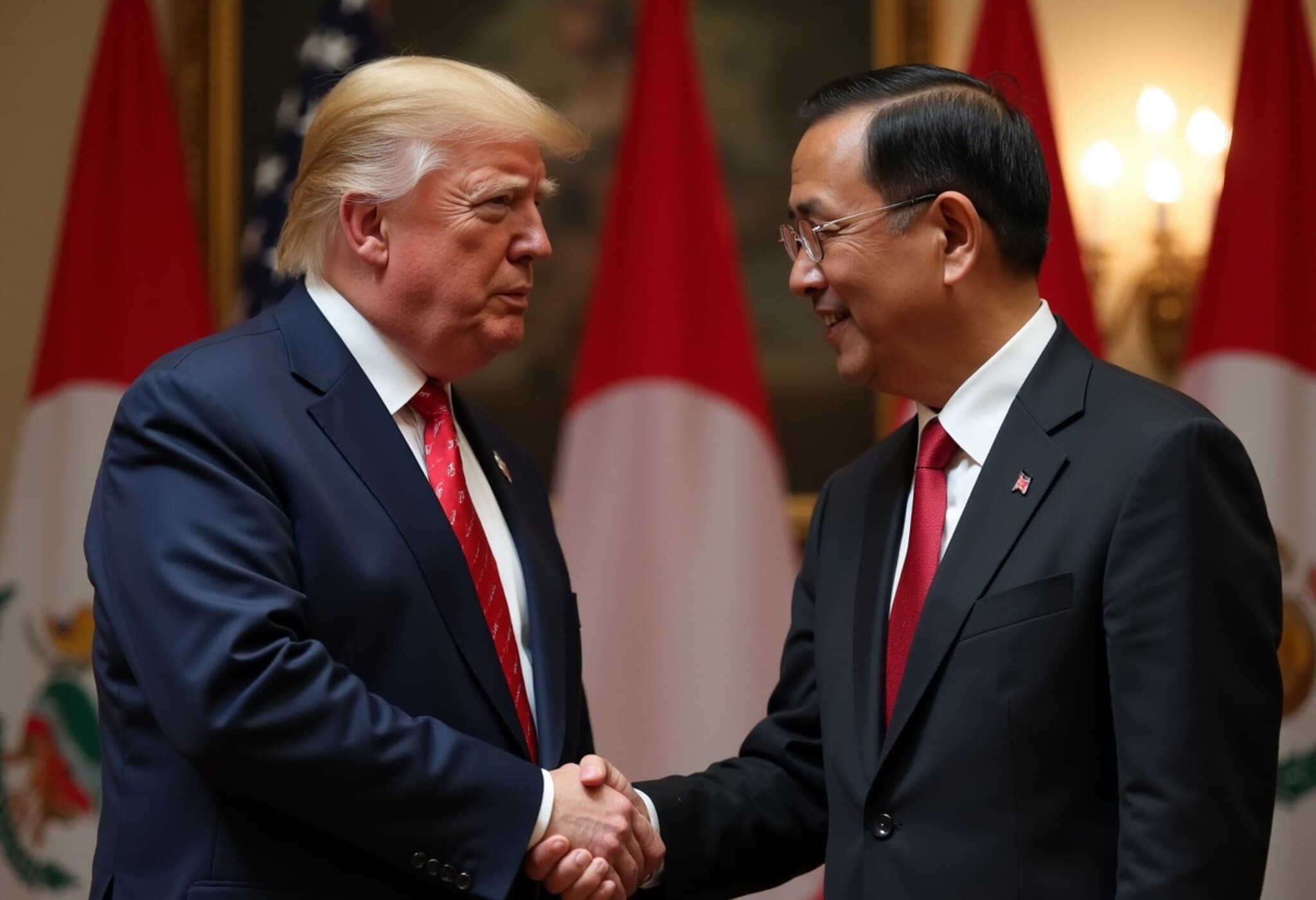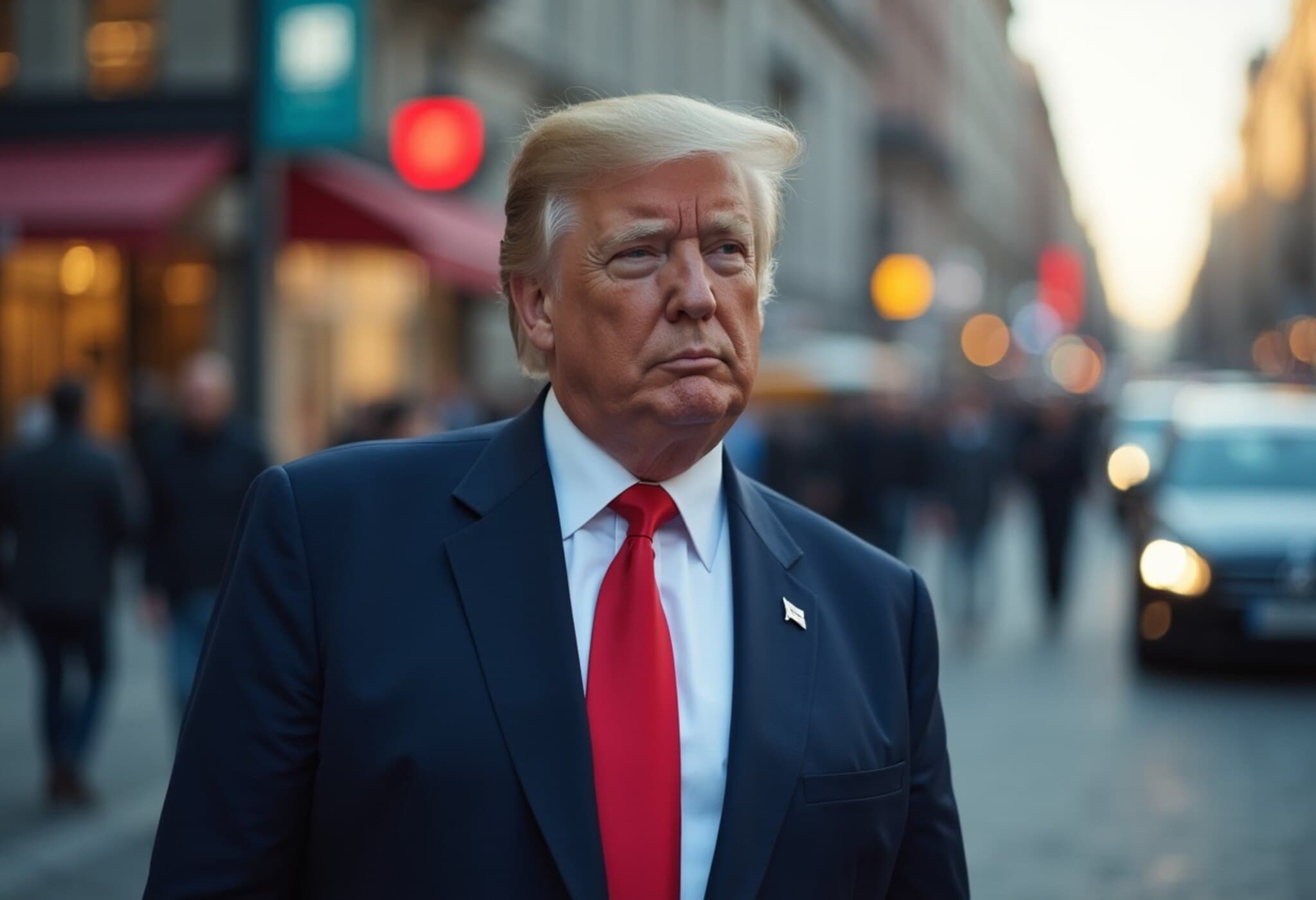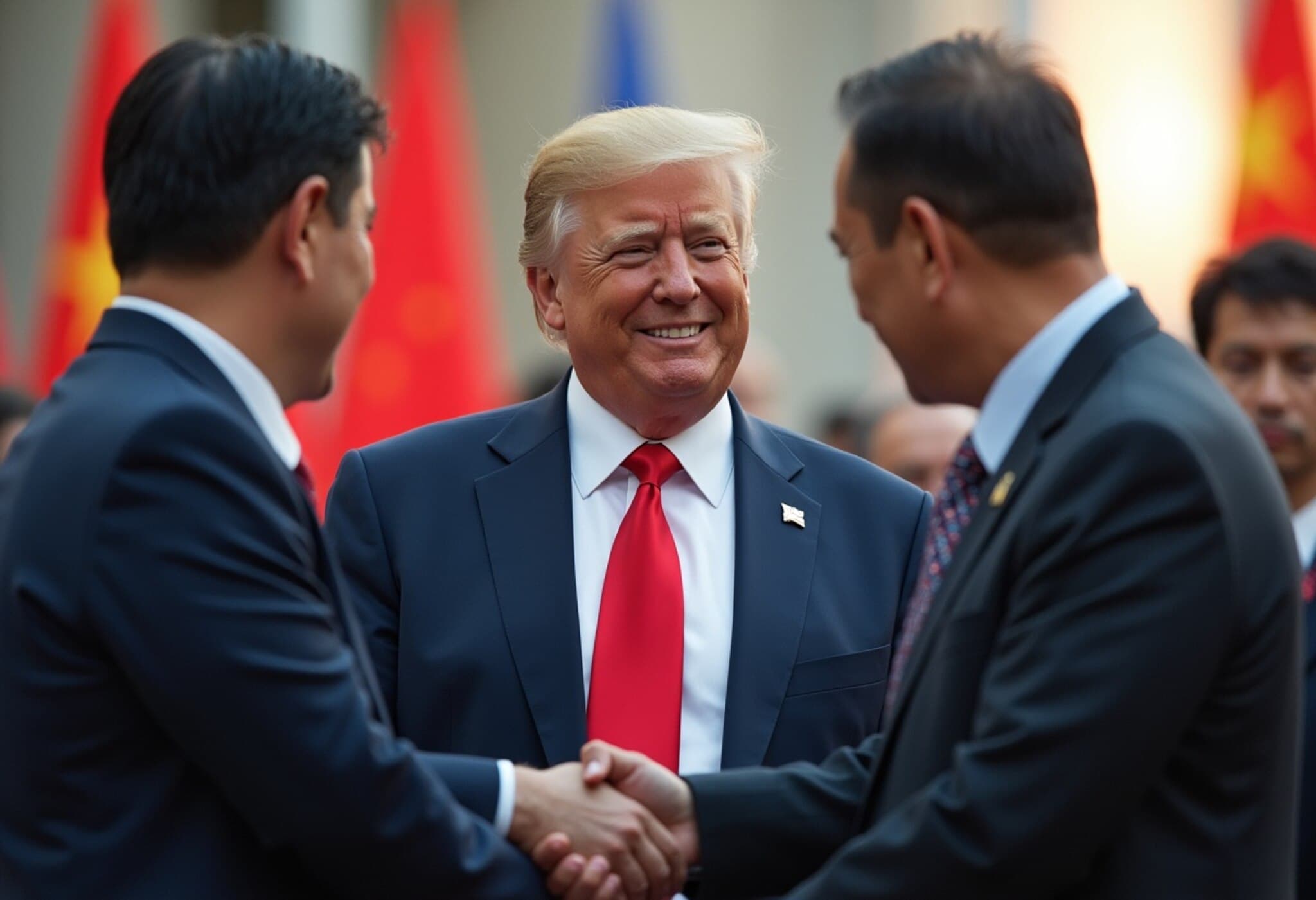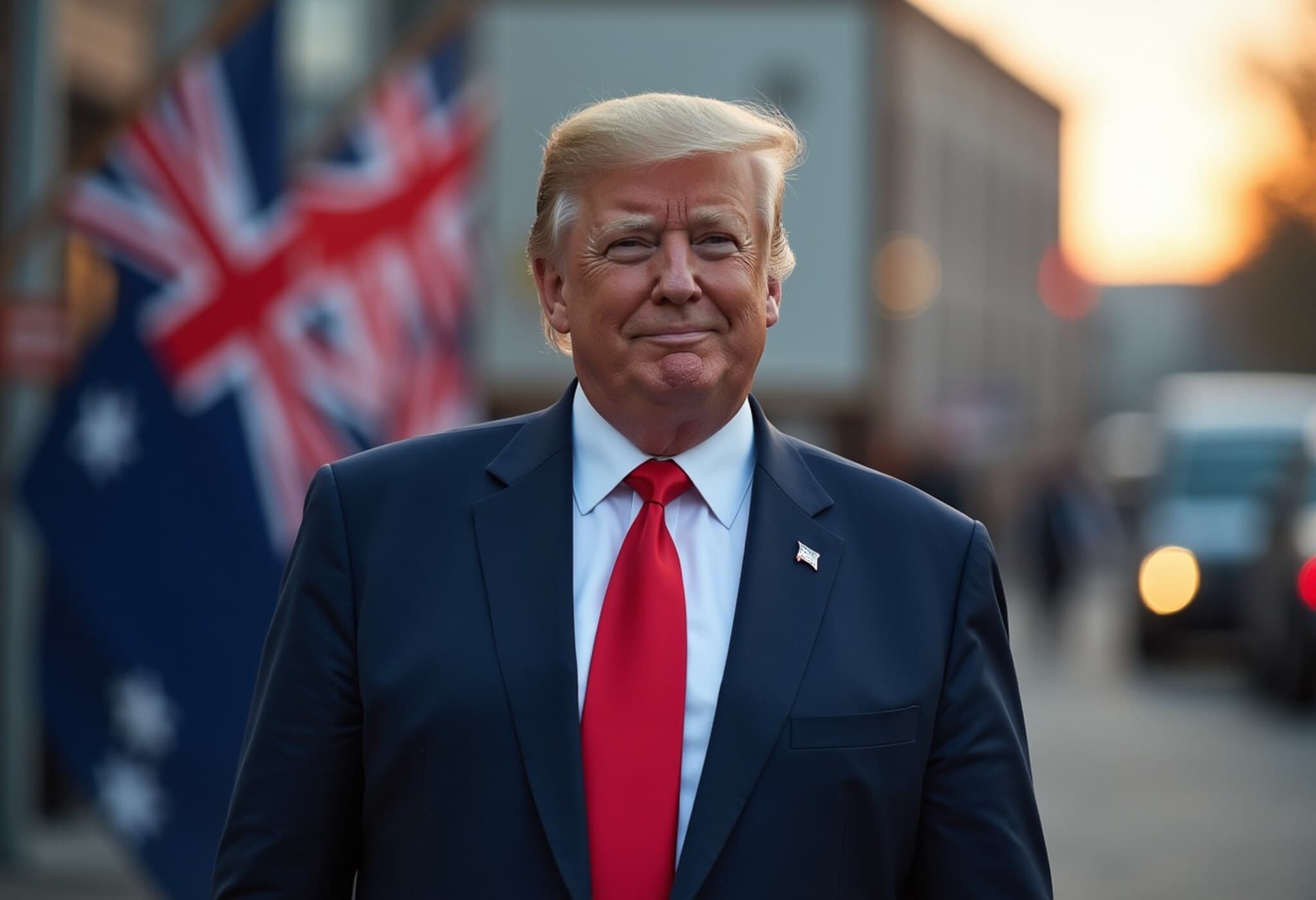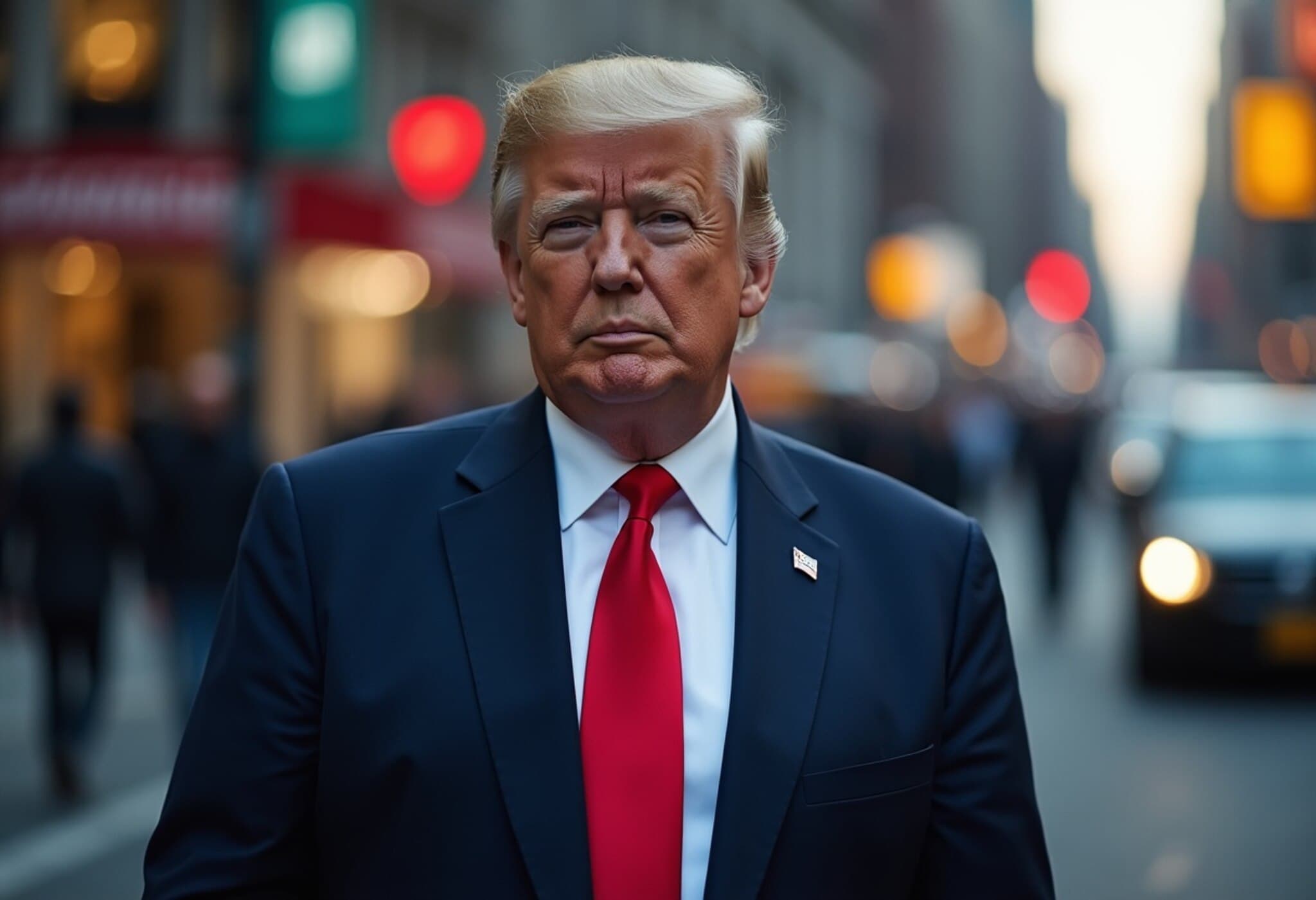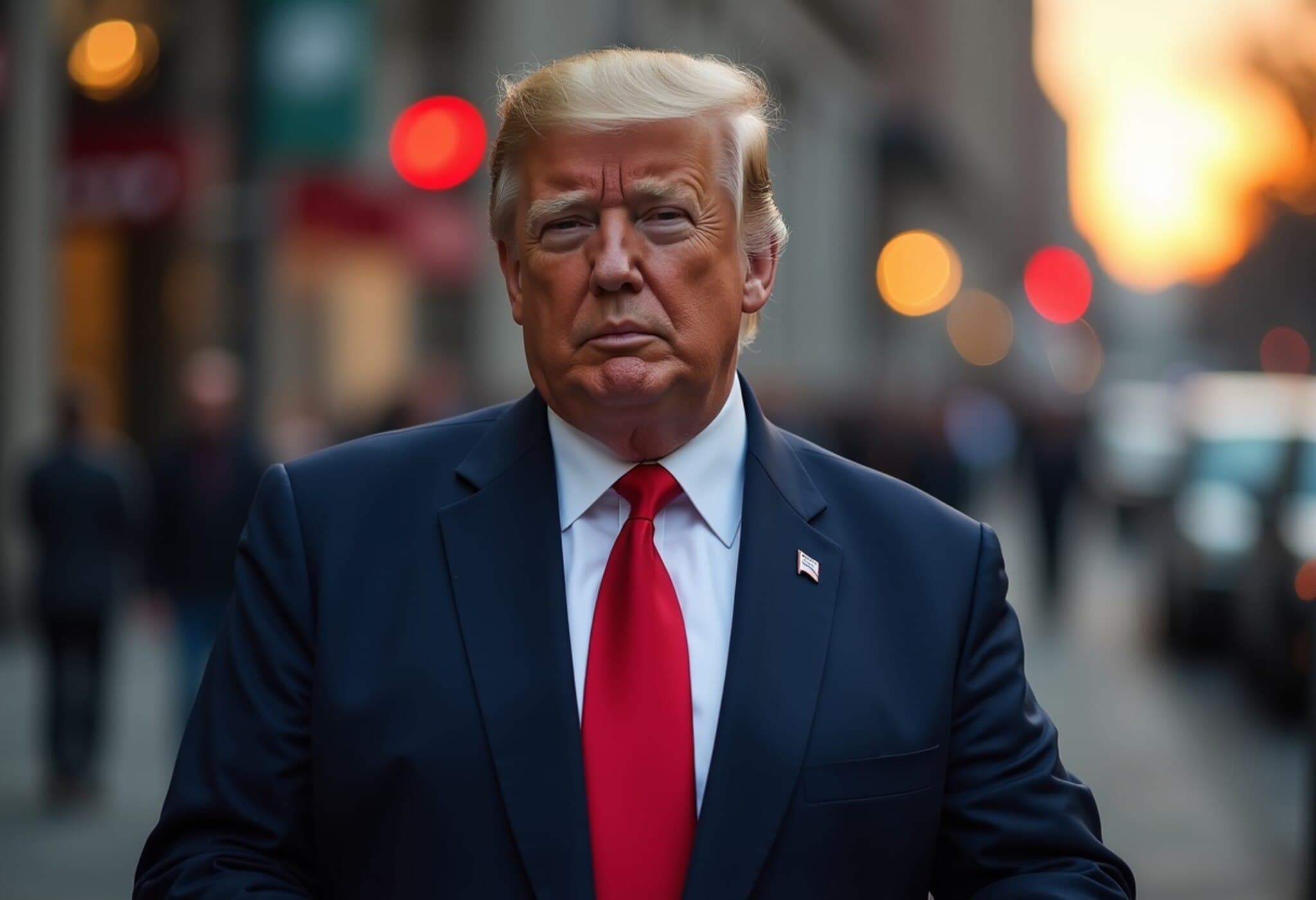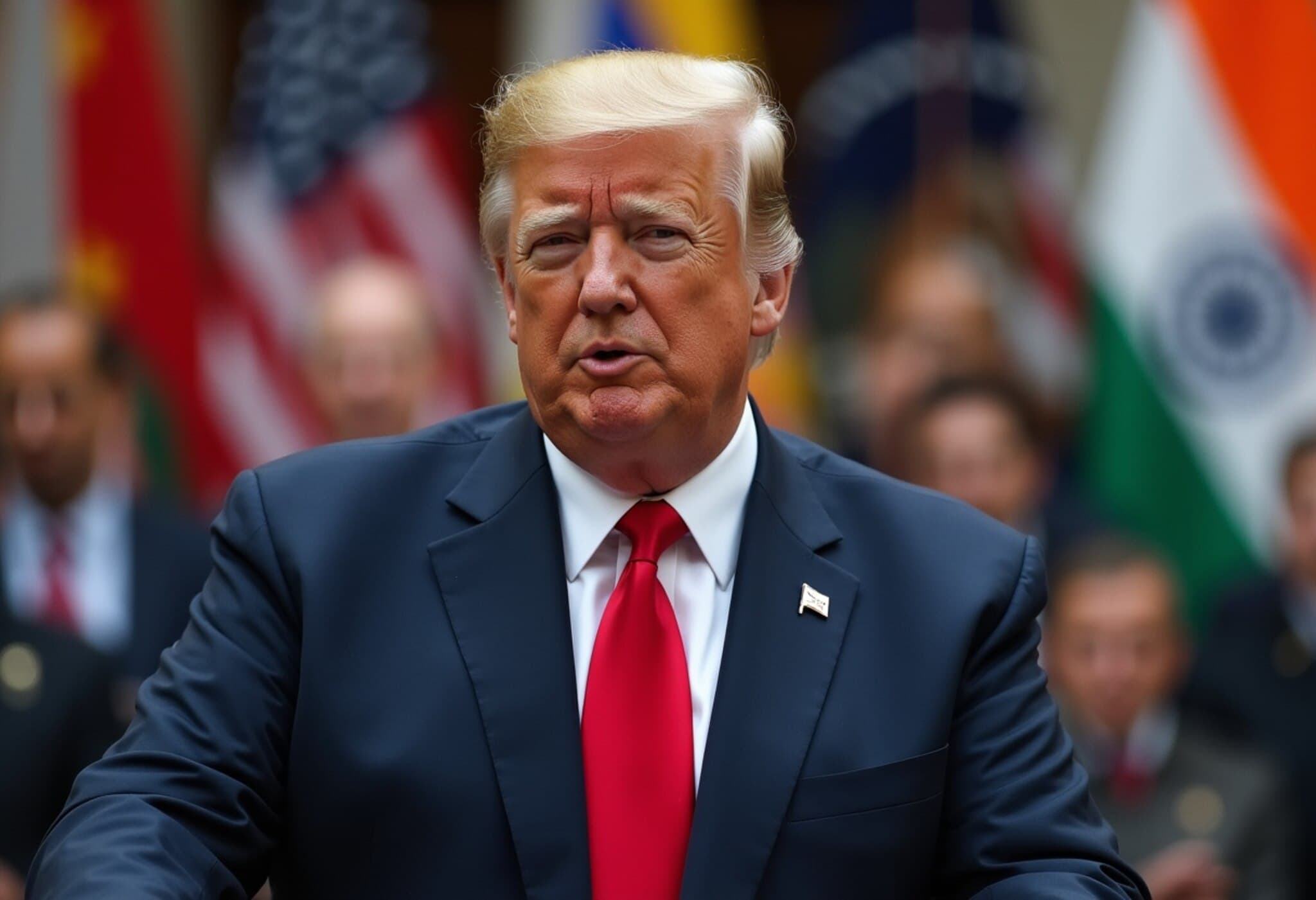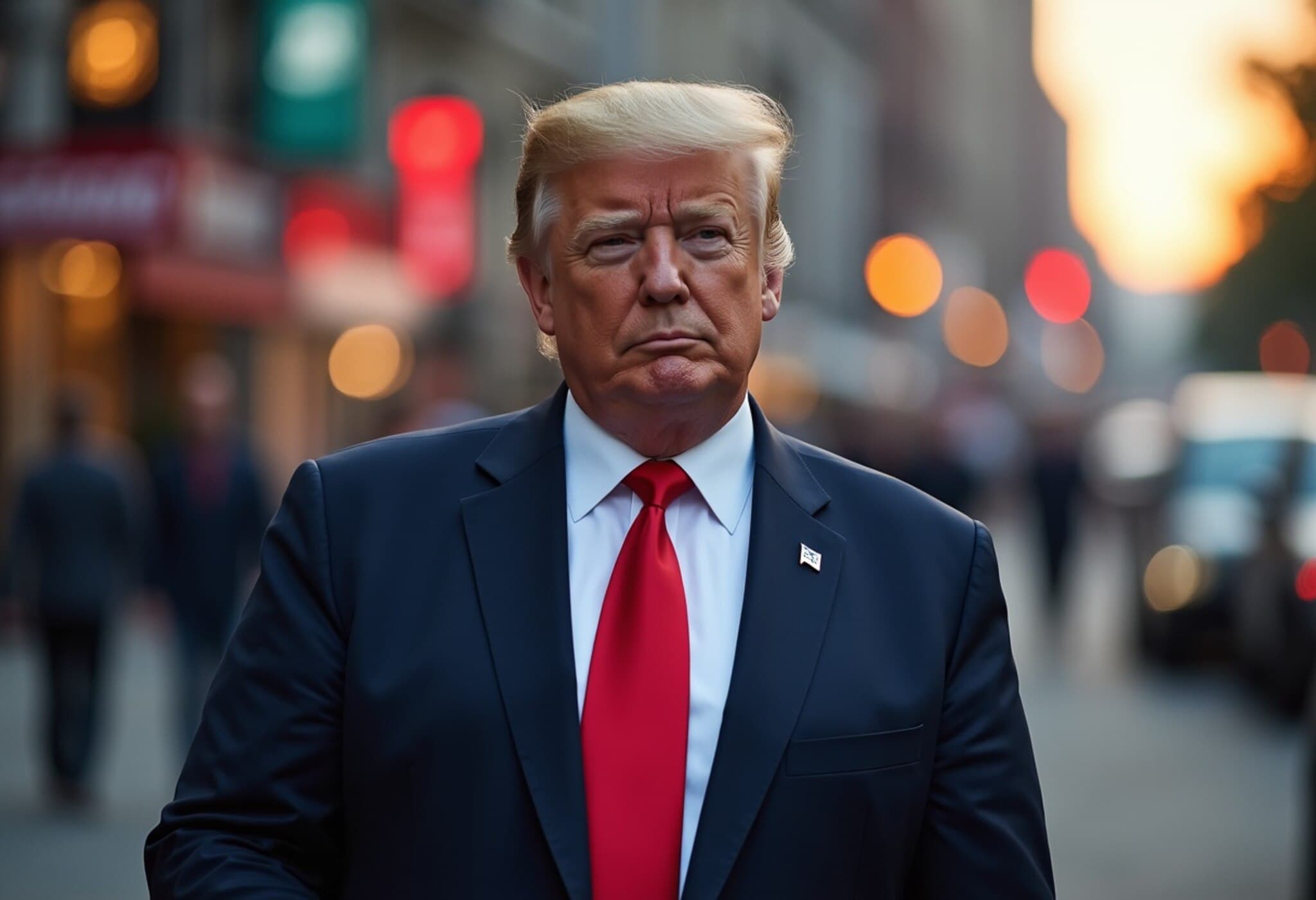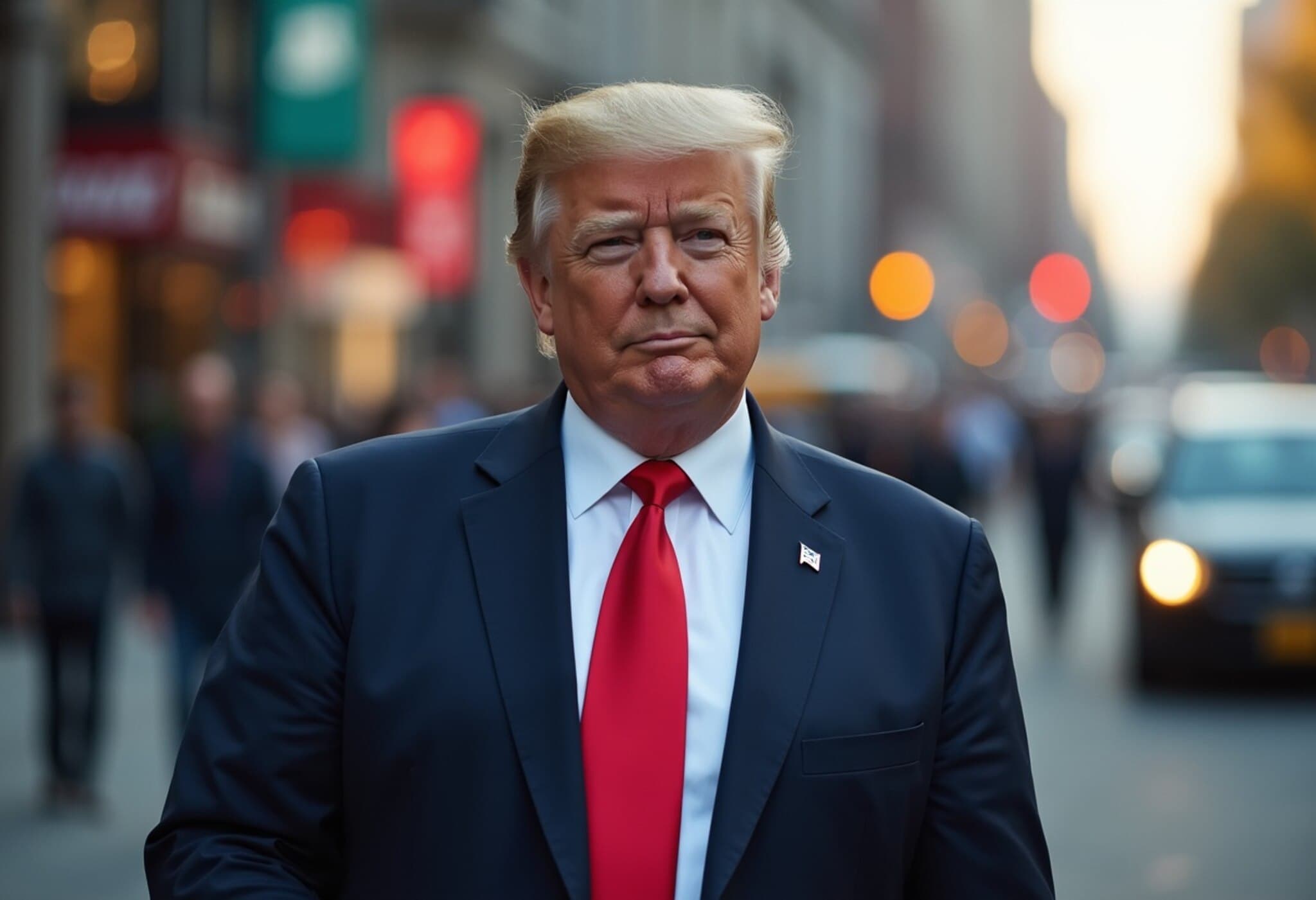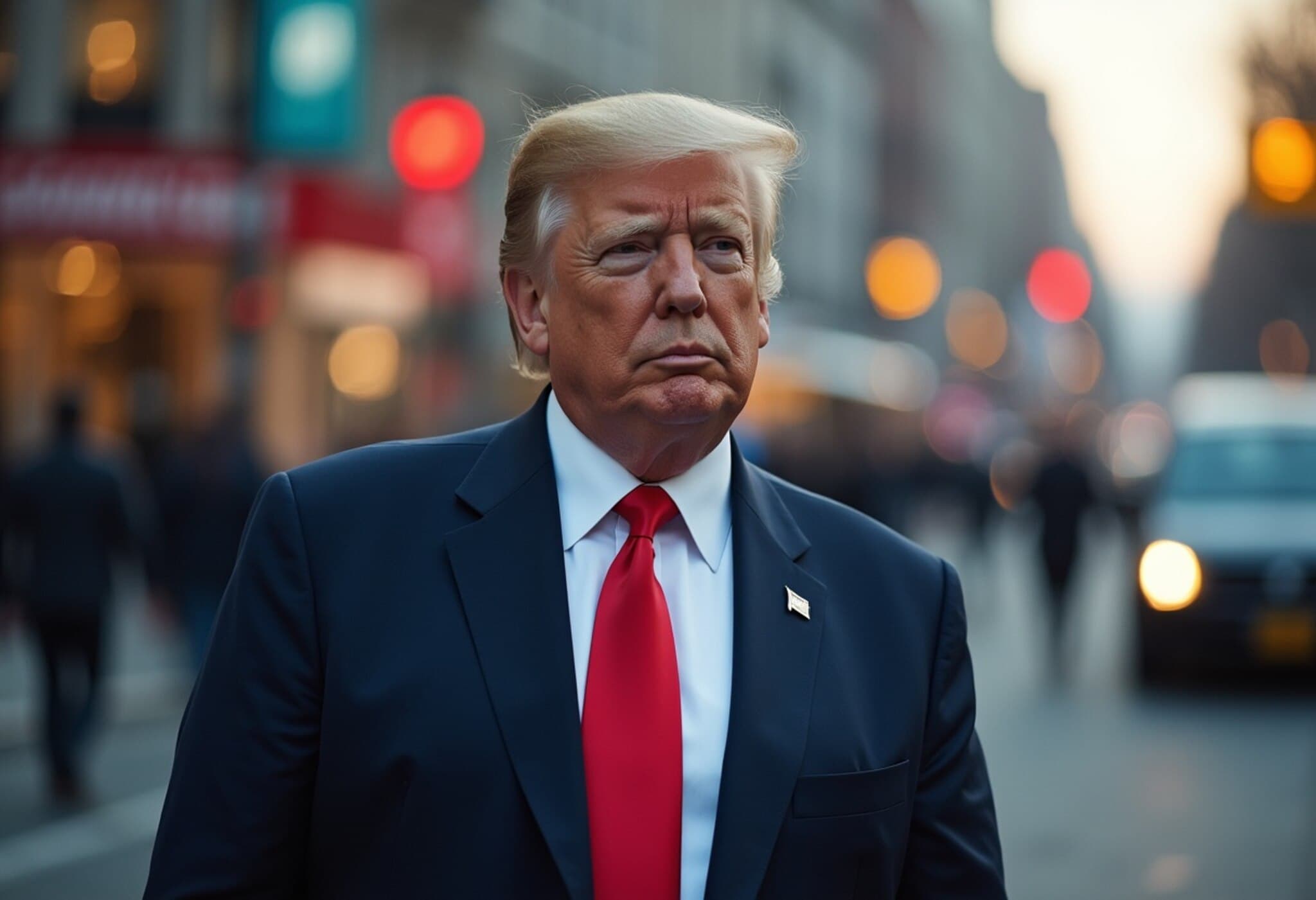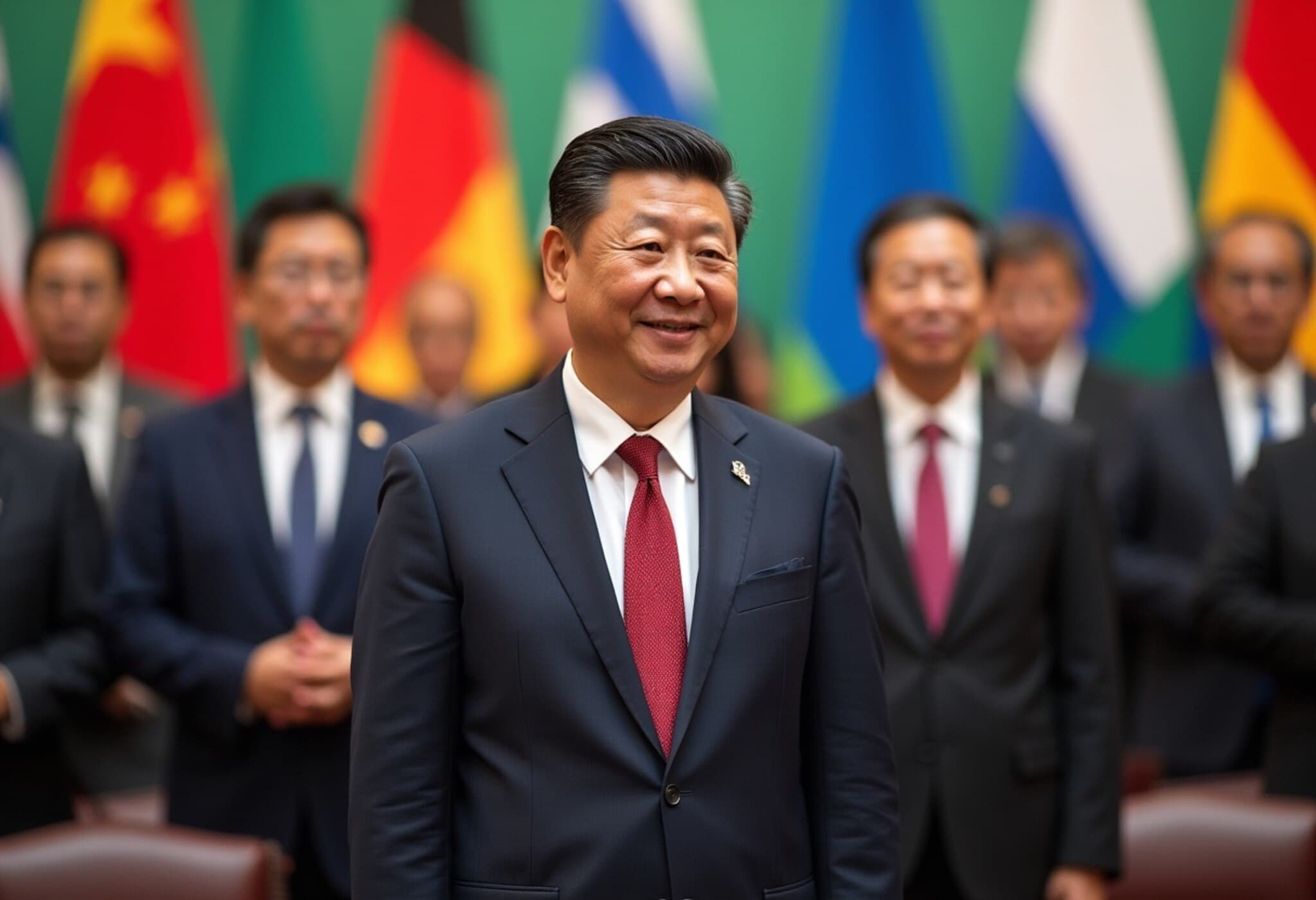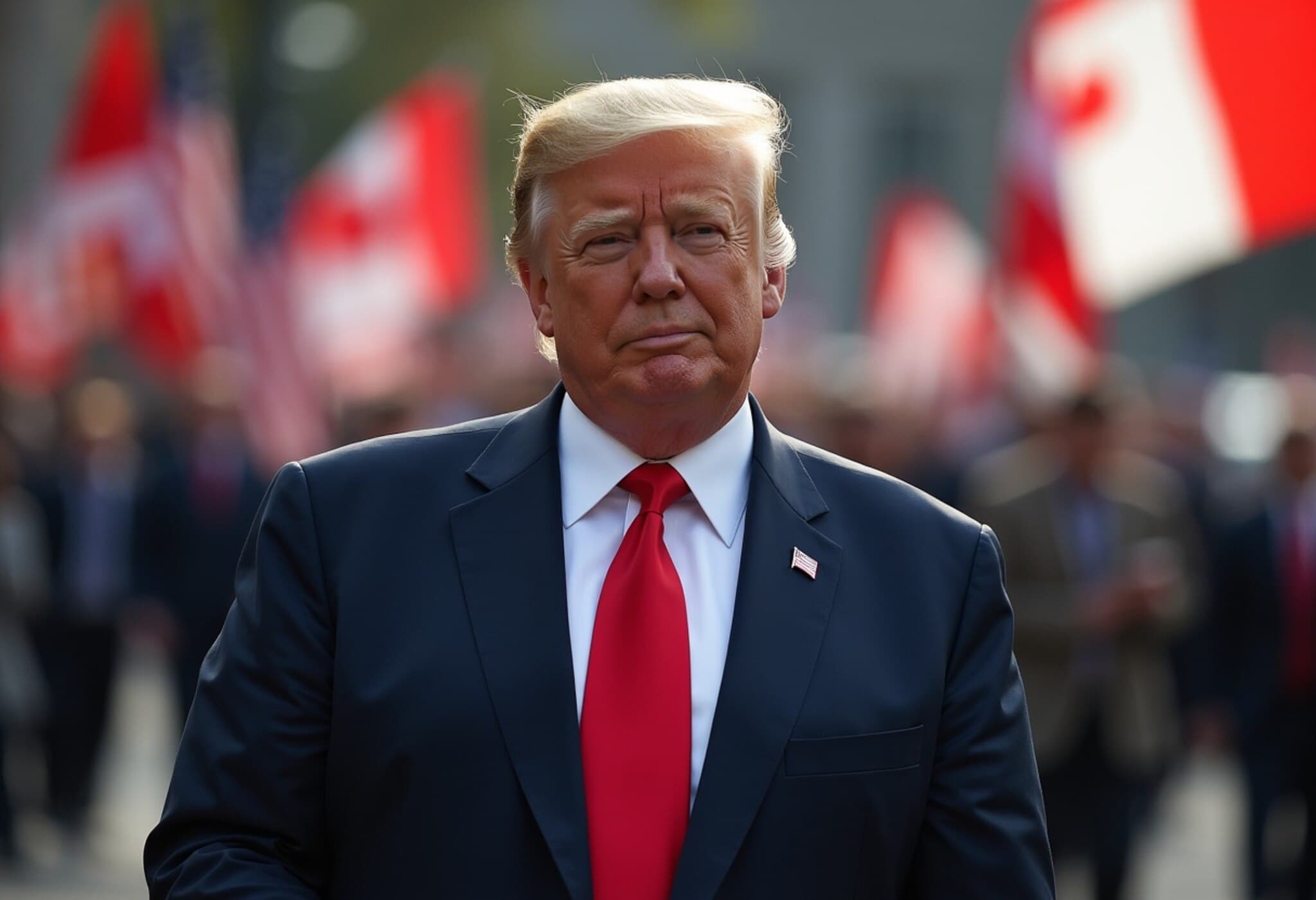US Tightens Tariff Rules as August 1 Deadline Approaches
In a significant move reshaping trade relations, President Donald Trump announced a revamped set of "reciprocal" tariffs on Thursday, setting the stage for new economic challenges and opportunities across Asia. These updated duties mark a strategic shift ahead of the originally slated August 1 deadline, underscoring Washington’s aggressive posture in protecting American industries amid global trade tensions.
The latest directive slashes tariffs for some countries while imposing a blanket 10% extra duty on those not explicitly exempted. More strikingly, the United States imposed a stern 40% tariff on goods transshipped to evade existing levies, reflecting heightened scrutiny over supply chain maneuvering. These changes amend the tariffs first introduced in April, signaling ongoing volatility in US-Asia trade dynamics as the White House sharpens its economic toolkit.
Distinct Responses from Key Asian Players
Cambodia: Welcome Relief Amid Regional Stability Efforts
Cambodian Prime Minister Hun Manet expressed optimism, calling the tariff revision a "positive development" for his country’s economy. Cambodia now faces a 19% duty, down sharply from the punitive 49% rate imposed in April—one of the highest in that initial round. This reduction comes at a critical time, as Cambodia has recently worked with neighboring Thailand to ease border tensions, an effort the Prime Minister thanked President Trump for supporting.
Thailand: Balancing Close Ties and Economic Resilience
Thailand’s Finance Minister Pichai Chunhavajira framed the tariff cut—from a stinging 36% to 19%—as an emblem of enduring US-Thai partnership. He highlighted that the revised duties bolster Thailand’s global competitiveness and investor confidence. But Chunhavajira did not shy away from acknowledging the tariffs’ burden on farmers and small business owners, assuring that the government has lined up a suite of measures, including soft loans and tax relief, to offset economic headwinds.
Taiwan: Tug of War Continues Amid Negotiations
Taiwanese President Lai Ching-te revealed the island faces a "temporary" 20% tariff—down from 32% announced previously. Despite this alleviation, he emphasized ongoing talks could drive rates even lower, reflecting hopes for a diplomatic breakthrough. Taiwan also plans to engage deeper on supply chain cooperation and the controversial Section 232 tariffs that Washington justified on national security grounds — areas that will define Taiwan’s trade strategy moving forward.
Malaysia: Tariff Relief and Diplomatic Engagement
Malaysia welcomed the tariff adjustment to 19%, an improvement from the 25% previously notified. Prime Minister Anwar Ibrahim confidently stated this easing "won’t burden our economy," signaling relief to Malaysian exporters. Furthermore, Trump’s anticipated attendance at the 47th ASEAN Summit in Malaysia this October accentuates the growing importance of US-ASEAN dialogues amid shifting geopolitical and economic landscapes.
Japan: Strategic Advances in Trade Certainty
Japan, Asia’s second-largest economy, scored a notable reduction of tariffs on exports to the US—from 25% down to 15%, including the vital automobile sector—per an agreement sealed on July 23. Chief Cabinet Secretary Yoshimasa Hayashi praised the tariff cuts for reducing uncertainty and mitigating recession risks. However, he stressed persistent efforts to persuade the US to formalize an order eliminating auto tariffs entirely, highlighting Japan’s critical stake in these trade negotiations. Japan is also mobilizing support for small and medium enterprises adversely affected by tariffs.
Expert Analysis: What These Moves Mean for Global Trade
From a US economic policy perspective, these tariff adjustments reflect a nuanced balancing act: applying pressure where the White House deems necessary, while offering tactical relief to maintain strategic partnerships. For Asian economies, the evolving tariff landscape demands agility—both in government policy responses and private sector adaptation—to navigate the undercurrents of protectionism.
Notably, the heightened tariffs on transshipped goods signal increased US vigilance against supply chain circumvention, heralding potential shifts in how manufacturers and exporters structure international operations. Given the complex interplay of trade, diplomacy, and national security narratives, the next phase of US-Asia relations will be critical to watch for economists, policymakers, and investors alike.
Looking Ahead
The August 1 deadline looms large, and while it remains uncertain whether it will be postponed, countries across Asia are preparing for significant impacts. The recalibrated tariffs alter the export landscape, compelling governments to boost support for affected industries and recalibrate trade strategies.
As these countries grapple with immediate economic consequences, broader questions endure: How will this map onto the geopolitical chessboard of US-China competition? What role will regional bodies like ASEAN play in mitigating trade friction? And ultimately, can multilateral engagement restore stability amid an age of rising economic nationalism?

